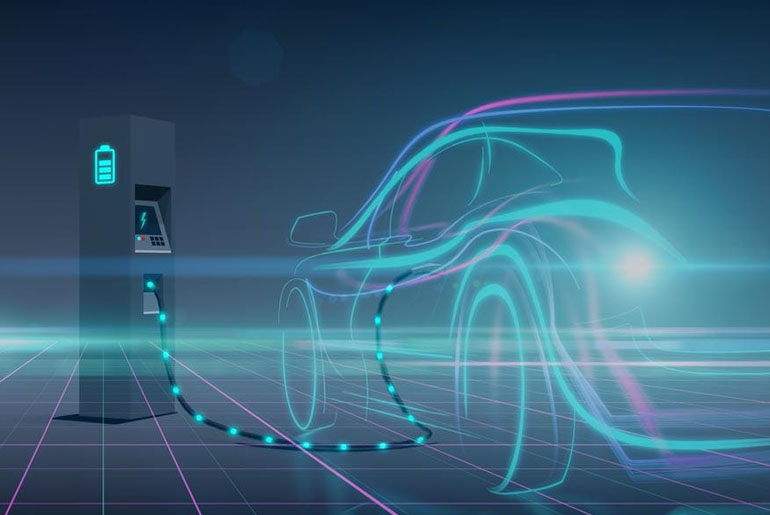In the rapidly changing environment of electric vehicles (EVs), great emphasis is rightly placed on cutting-edge battery technology, trendy designs, and extensive driving ranges. However, passive components play an important role in the charging process. These unsung heroes, which include resistors, capacitors, and inductors, are critical to ensuring that EV chargers operate efficiently and reliably. Let’s go more into the role of passive components in EV charging infrastructure.
Understanding Passive Components
Passive components are essential components in electrical circuits that do not require an external power source to operate. Passive components, unlike active components like transistors or integrated circuits, do not enhance or control electrical impulses. Instead, they store, filter, or dissipate energy. In the context of EV chargers, passive components are critical for voltage regulation, current flow management, and power transfer optimization.
Voltage Regulation and Filtering
One of the key tasks of passive components in EV chargers is voltage regulation. Capacitors, for example, store electrical energy and release it when needed to keep the voltage constant, maintaining a steady supply of power to the charging system. Capacitors are also used to filter out noise and smooth the output voltage, which reduces electrical interference and ensures a clean and dependable charging process.
Current Management and Power Factor Correction
Inductors, another form of passive component, play an important function in controlling current flow in EV chargers. Inductors manage current change by storing energy in a magnetic field, preventing unexpected surges or decreases that could harm the charger or the vehicle’s battery. Furthermore, passive components such as capacitors and inductors play an important role in power factor correction, which improves charging efficiency by matching current and voltage waveforms and lowering power loss.
Heat Dissipation and Thermal Management
Resistors, while frequently disregarded, are critical for dissipating excess heat produced during the charging process. EV chargers use resistors to restrict current flow or voltage levels, reducing overheating and guaranteeing safe operation. Passive components such as heat sinks or thermal pads are also used for thermal management, which involves distributing heat away from key components and maintaining ideal operating temperatures.
Reliability and Efficiency
In the case of EV charging, dependability and efficiency are critical issues. Passive components play an important role in attaining these goals by maintaining constant voltage and current levels, reducing electrical noise, and improving power quality. By combining high-quality passive components into EV charger designs, manufacturers may provide charging solutions that are not only efficient and reliable but also adaptable to the changing needs of electric car users.
Conclusion
In the transition to a sustainable transportation ecosystem, electric vehicles offer a promising approach to lowering greenhouse gas emissions and mitigating environmental damage. Robust charging infrastructure and efficient charging solutions are critical to the widespread adoption of electric vehicles. Passive components, while frequently overshadowed by more showy developments, are the foundation of EV charger technology, allowing for seamless power transmission, increased dependability, and optimized performance. As we continue to embrace transportation electrification, we must not lose sight of the essential role that passive components will play in powering the mobility future.

